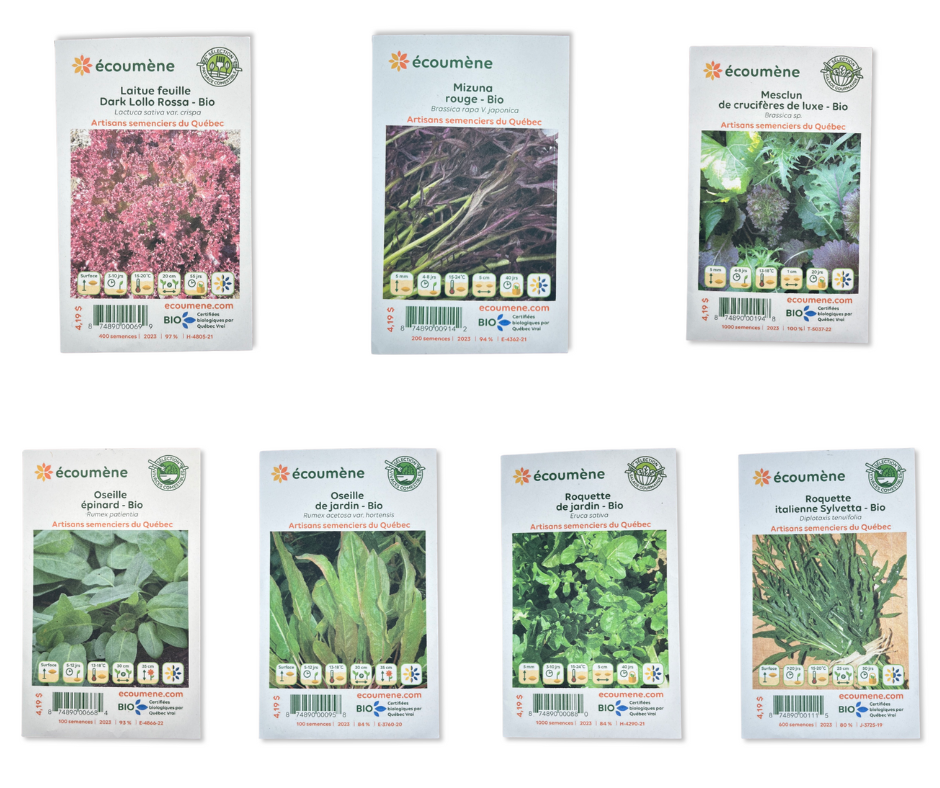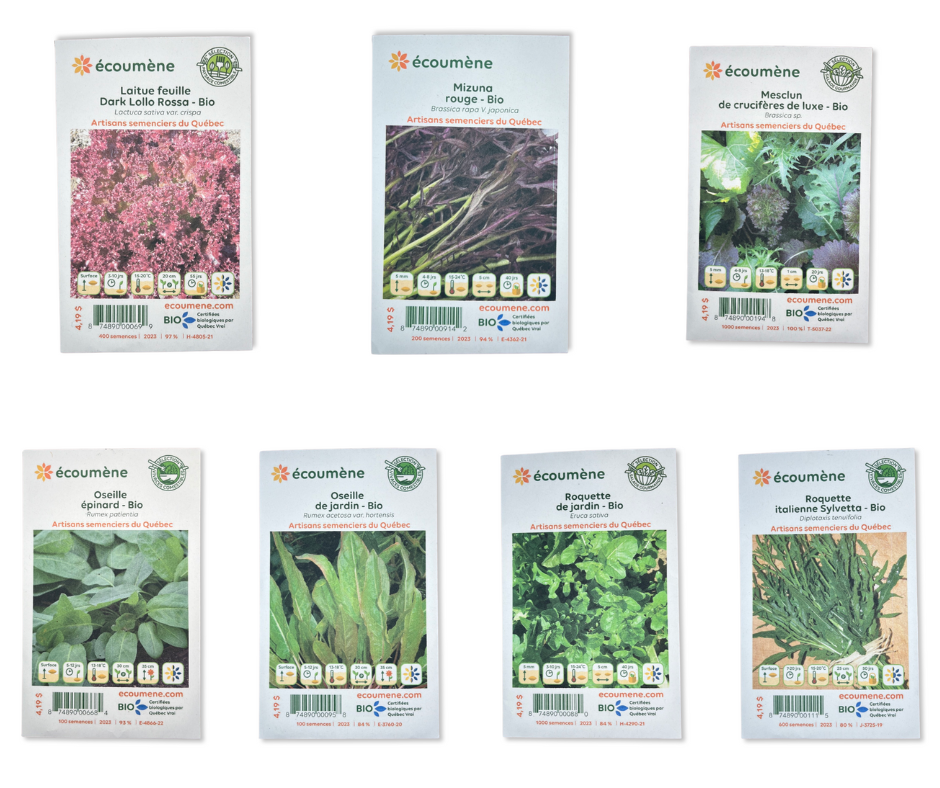1
/
of
1
nutritower
Lettuce seed pack
Lettuce seed pack
Regular price
$24.00 USD
Regular price
Sale price
$24.00 USD
Shipping calculated at checkout.
Quantity
Couldn't load pickup availability
A variety of lettuce seeds that are specifically chosen for best results in the Nutritower.
We've selected 7 different lettuce that do very well in the Nutritower.
Seeds from Quebec based company Les Jardins Écoumène.
- Luxury Cruciferous Mesculun
- Italian Arugula Sylvetta
- Garden Arugula
- Spinach Sorrel
- Italien Arugula
- Garden Sorrel
- Red mezuna


